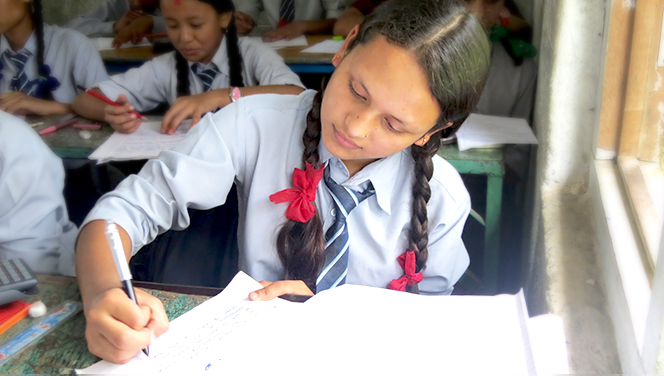Pharping
Satikhel
Chaimale Village
Simpani Village
Bansbari
Talku Village
Bhanjyang
Dollu
Country’s Background
Nepal is a landlocked nation in Southern Asia, located between China and India. It is famous for being home of Mt. Everest, the tallest peak in the world, and is a popular destination for mountain climbers, thrill-seekers, and outdoor enthusiasts.
Nepal is one of the least developed countries in the world, with almost a quarter of its population living below the poverty line. According to the United Nation’s Development Program (UNDP)’s 2013 report, Nepal is ranked 145th out of 187 countries in terms of human development index, which reflects achievements in healthy lifestyle (life expectancy at birth), knowledge (mean years of schooling), and standard of living (gross national income per capita).
Recent urbanization has opened up some other economic venues for a small port of the workforce in Nepal’s traditionally agriculture-based economy. Jobs in government, service, finance, education, entertainment, information, and media have been slowly on the rise but many individuals in rural areas of Nepal do not receive a quality education and are automatically locked out of these opportunities. This is creating a larger divide between the haves and have-nots in Nepal.
Women & Girls of Nepal
Nepal is becoming fast infamous for its poor record in terms of gender equality and being a source for human trafficking. Poverty has many causes, but the biggest impact of poverty in Nepal is on women and girls.
Nepal has a population of nearly 31 million people ranking it 42nd in terms of population density in the world. There are nearly 5 million girls 14 and under; many of which will not have the educational opportunities afforded to them. Many of these girls become targets for trafficking, for labor as well as for prostitution.Gender discrimination in Nepal is continuing to perpetuate poverty for girls and women and forces them to rely on their husbands and family for their own well-being. Without being able to pursue a life of their own choosing, too many young girls end up as child brides and underage mothers.
- Maternity Mortality Rate | High
- Literacy Rate | Low
- # of Children born | High
- Life Expectancy | Low
- 56%
However, girls are not just victims of poverty, but rather the solution for it.
See how they can change their community and their world.

